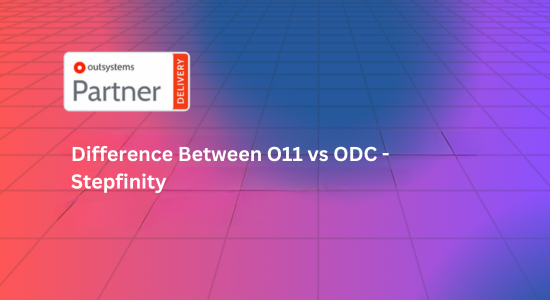In the realm of software development, the perpetual quest for efficiency and effectiveness is an ongoing challenge. With the evolution of technology, newer approaches like Outsystems have emerged, challenging the traditional development methods. Each approach has its merits, but understanding the advantages of Outsystems compared to traditional development methodologies unveils a compelling case for its adoption.
Traditional Development: A Brief Overview
Traditional software development relies on intricate coding, often involving multiple programming languages and frameworks. This process demands specialized skill sets, extensive time commitments, and rigorous testing phases. It follows a linear path, with development occurring sequentially—design, coding, testing, and deployment. This method has been the cornerstone of software development for decades.
Enter Outsystems
Outsystems offers a low-code development platform that revolutionizes the traditional paradigm. This platform empowers developers to create applications through a visual interface with minimal hand-coding. It streamlines the development lifecycle by providing pre-built templates, reusable modules, and drag-and-drop functionalities, significantly reducing development time and complexity.
Unveiling the Advantages of Outsystems
1. Accelerated Development Time
Outsystems drastically shortens the development lifecycle. Its visual interface and pre-built components allow for rapid prototyping and iteration, significantly reducing time-to-market. Developers spend less time on mundane coding tasks, focusing more on the logic and functionality of the application.
2. Enhanced Collaboration and Agility
The platform fosters collaboration among cross-functional teams. Business analysts, designers, and developers can work seamlessly, iterating and refining applications in real-time. This agility enables faster adaptation to changing requirements and market demands.
3. Lower Skill Barrier
One of the most significant advantages of Outsystems is its accessibility. Its low-code nature allows individuals with varying technical backgrounds to contribute meaningfully to the development process. This democratization of software creation expands the pool of potential developers, reducing reliance on a few specialized experts.
4. Cost Efficiency
By expediting development and requiring fewer specialized resources, Outsystems proves cost-effective in the long run. Its rapid development capabilities minimize labor costs, and the reduced need for extensive testing and debugging further contributes to cost savings.
5. Future-Proofing
Outsystems continuously updates its platform, ensuring compatibility with the latest technologies and security standards. This feature future-proofs applications developed on the platform, mitigating the risk of obsolescence.
Conclusion
While traditional development methodologies have been the cornerstone of software creation for decades, the advent of Outsystems introduces a paradigm shift. Its streamlined approach, accelerated development cycles, and democratization of software creation make it a compelling choice for modern enterprises.
As the digital landscape evolves, the advantages of Outsystems—rapid development, enhanced collaboration, accessibility, cost efficiency, and future-proofing—position it as a formidable competitor to traditional development methodologies. Embracing Outsystems represents not just a shift in technology but a leap toward a more efficient, agile, and cost-effective future in software development.








